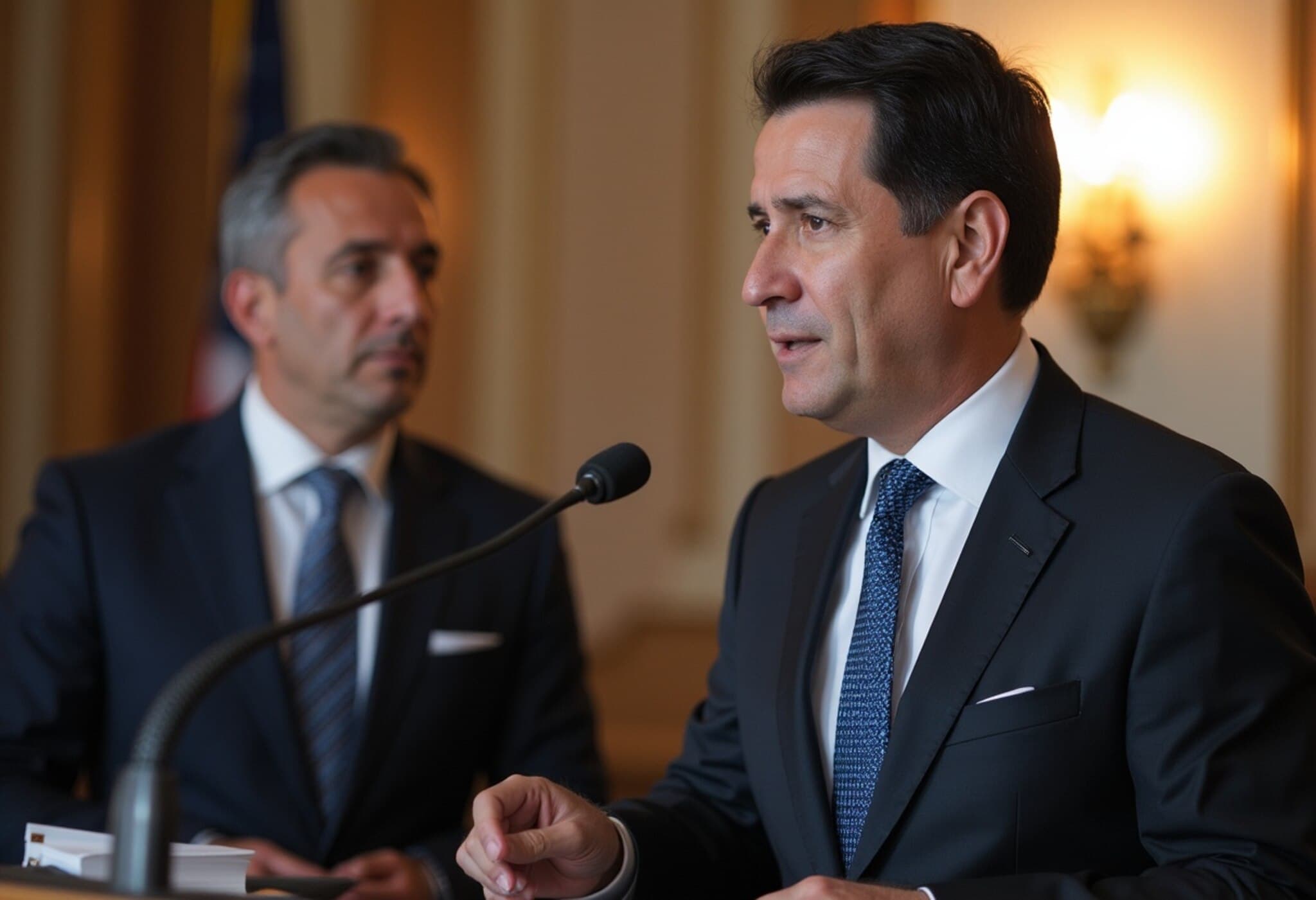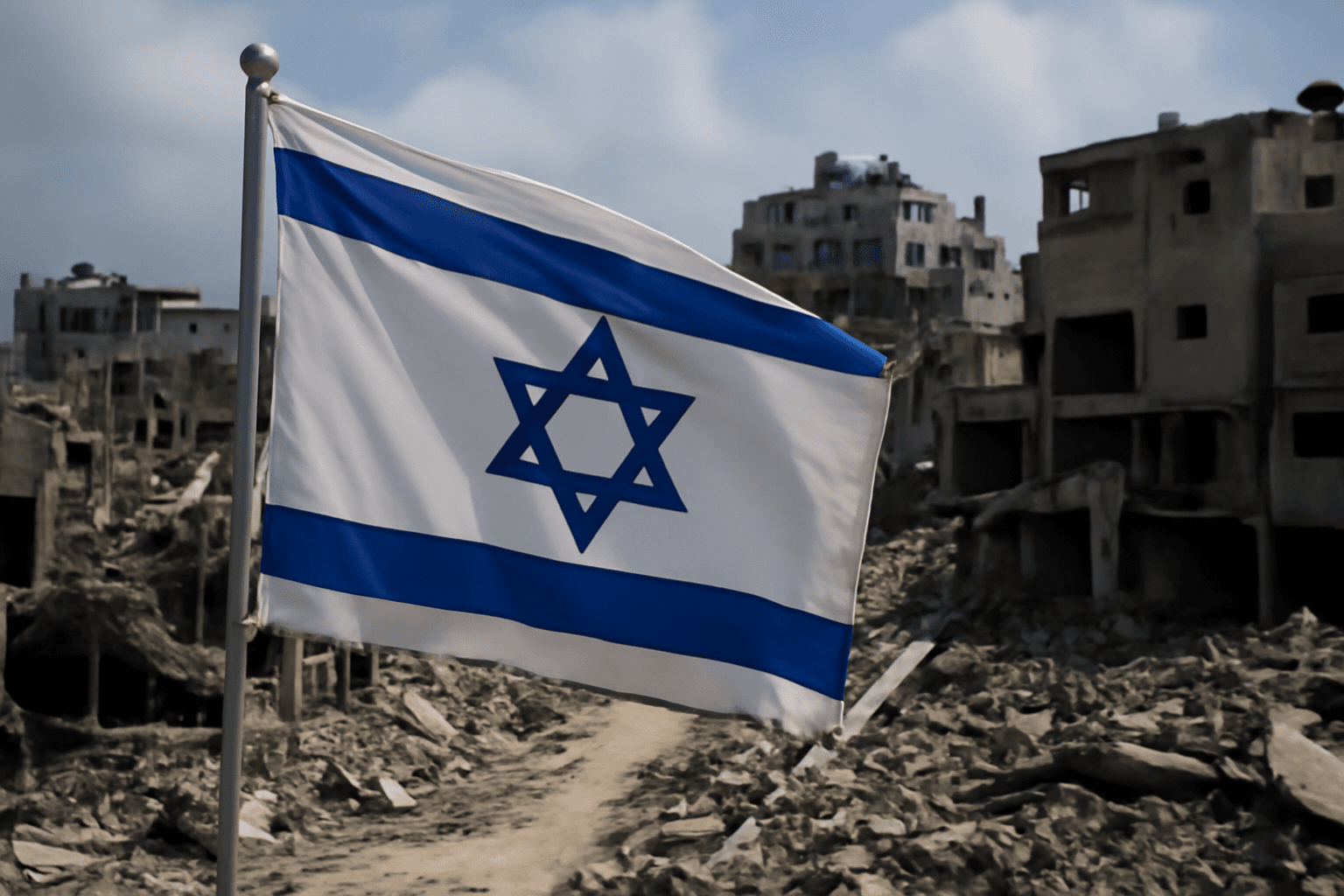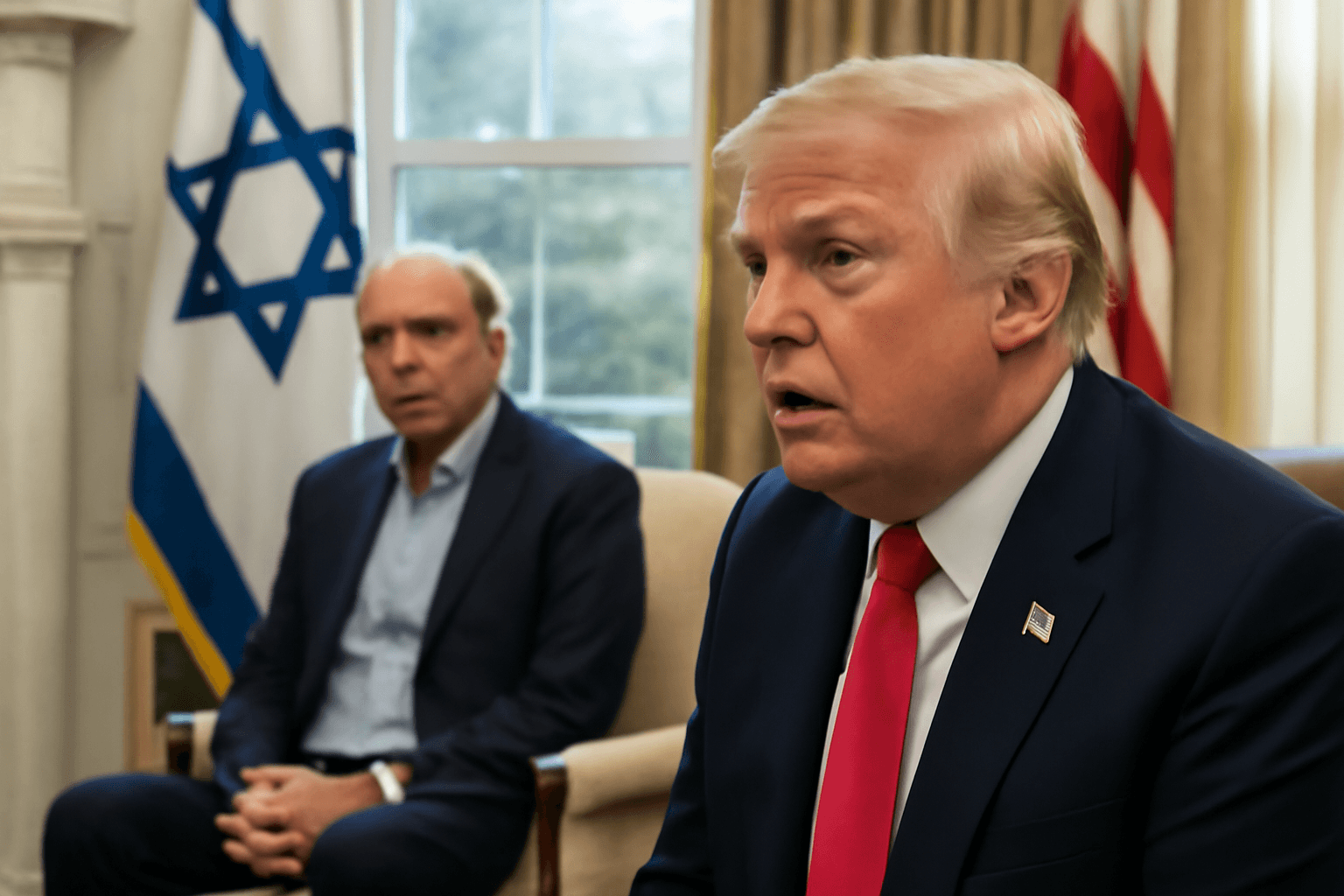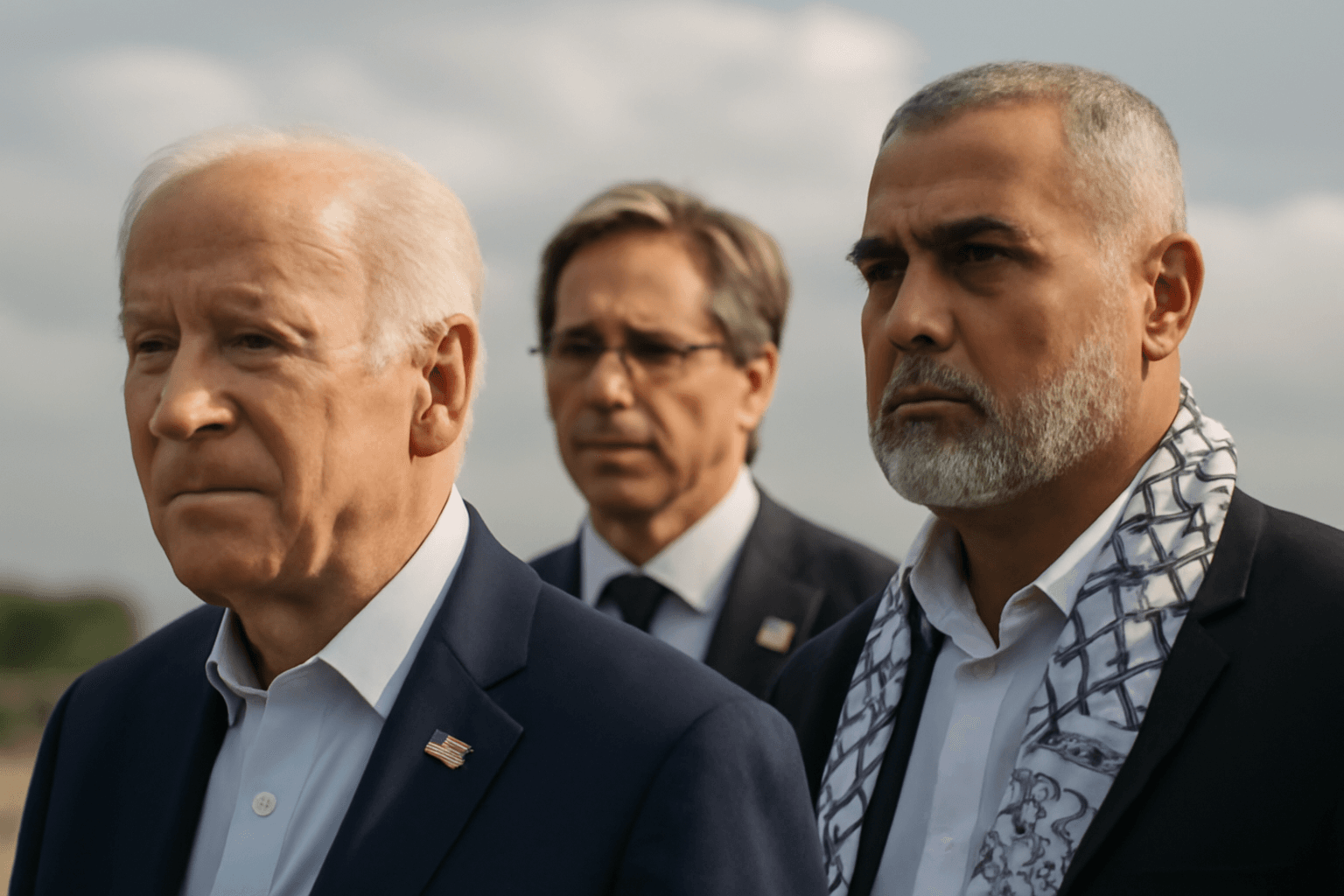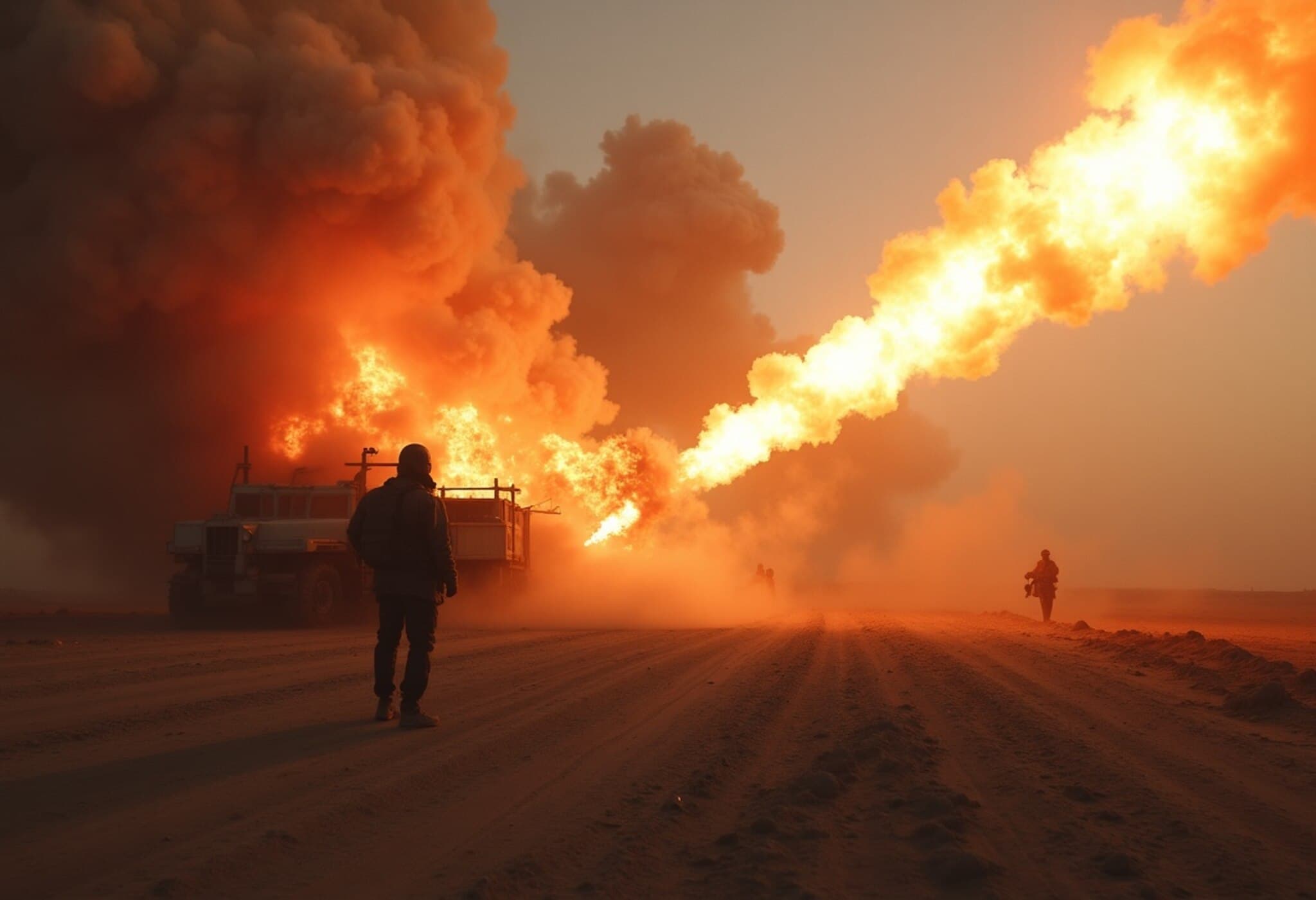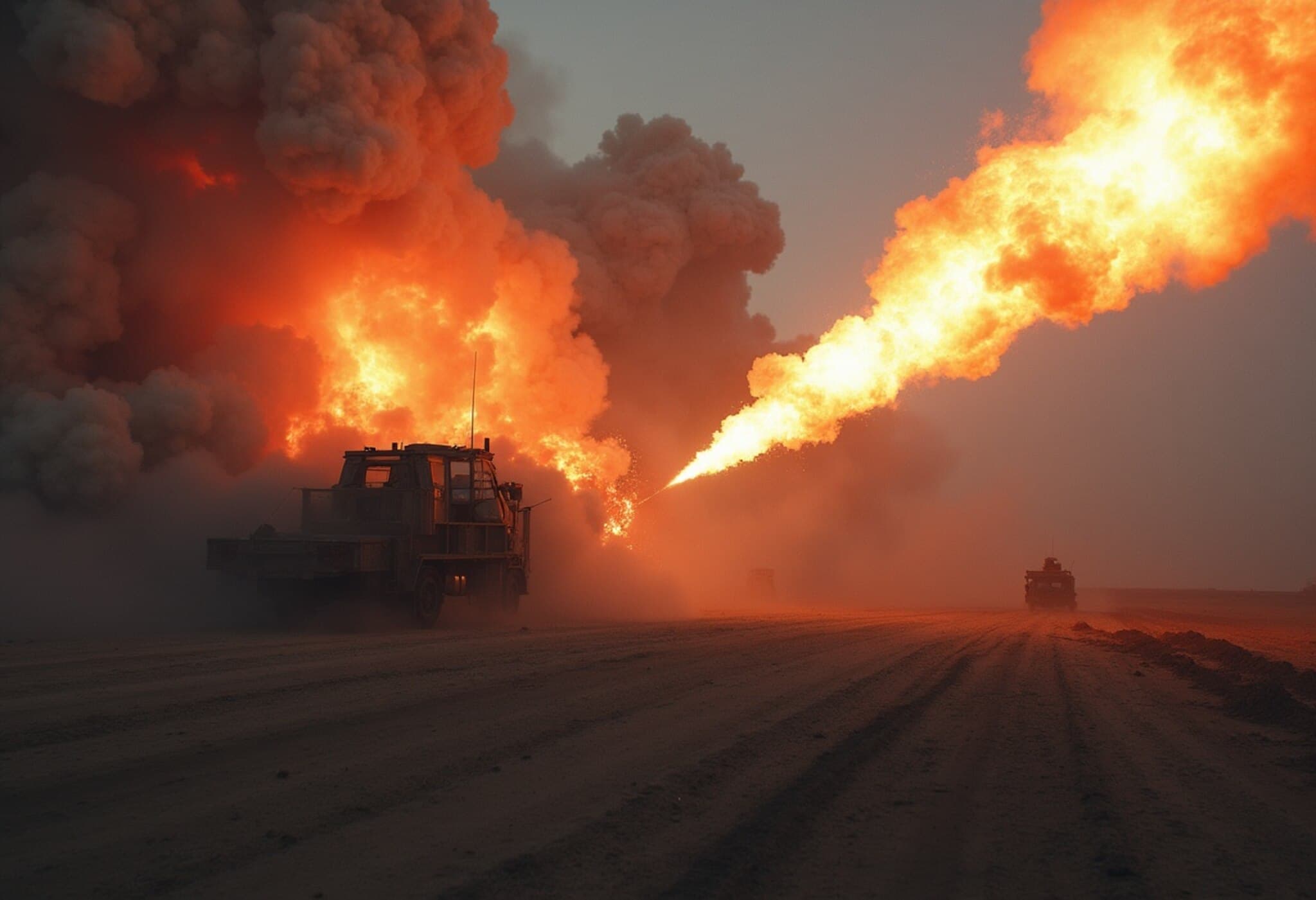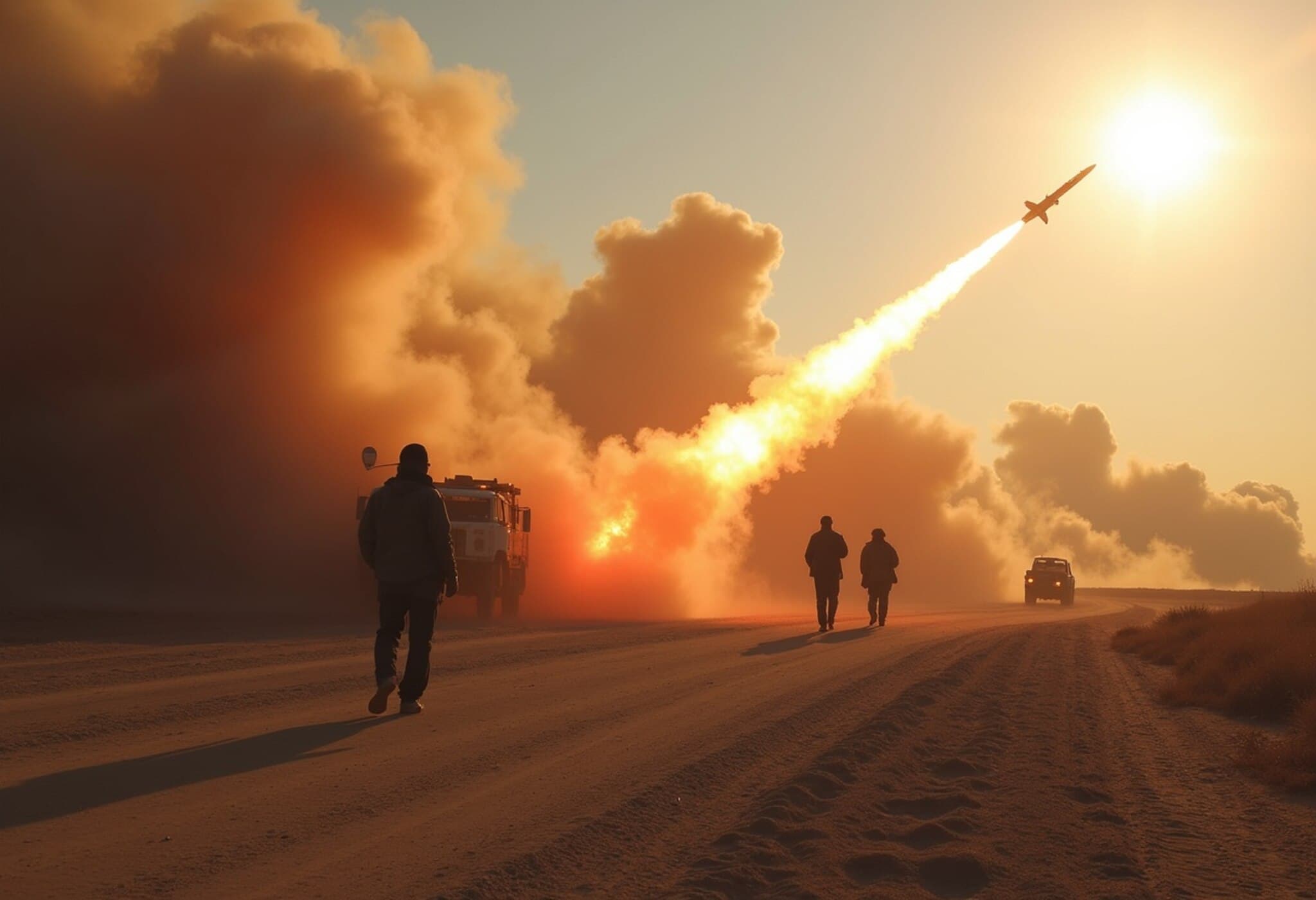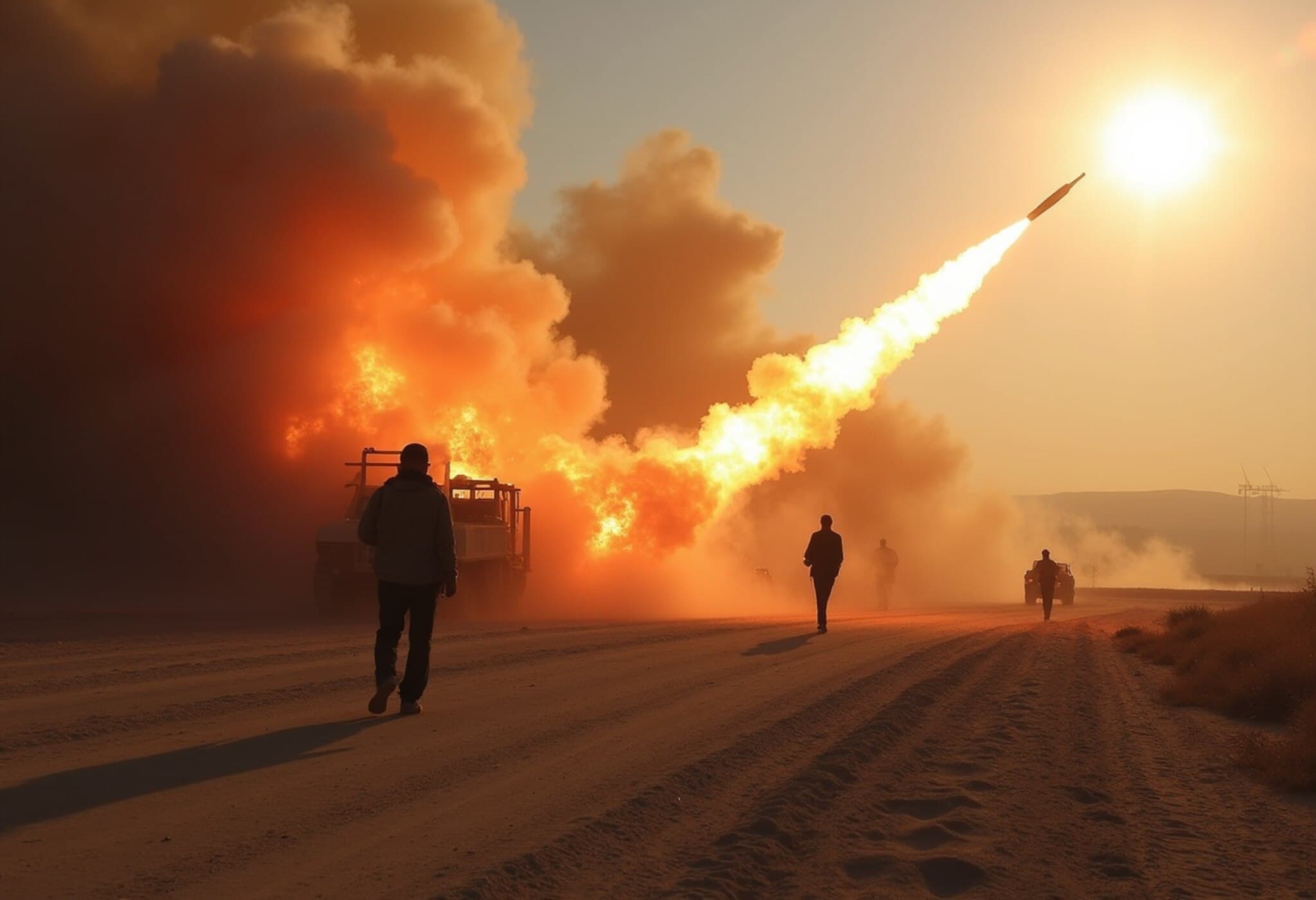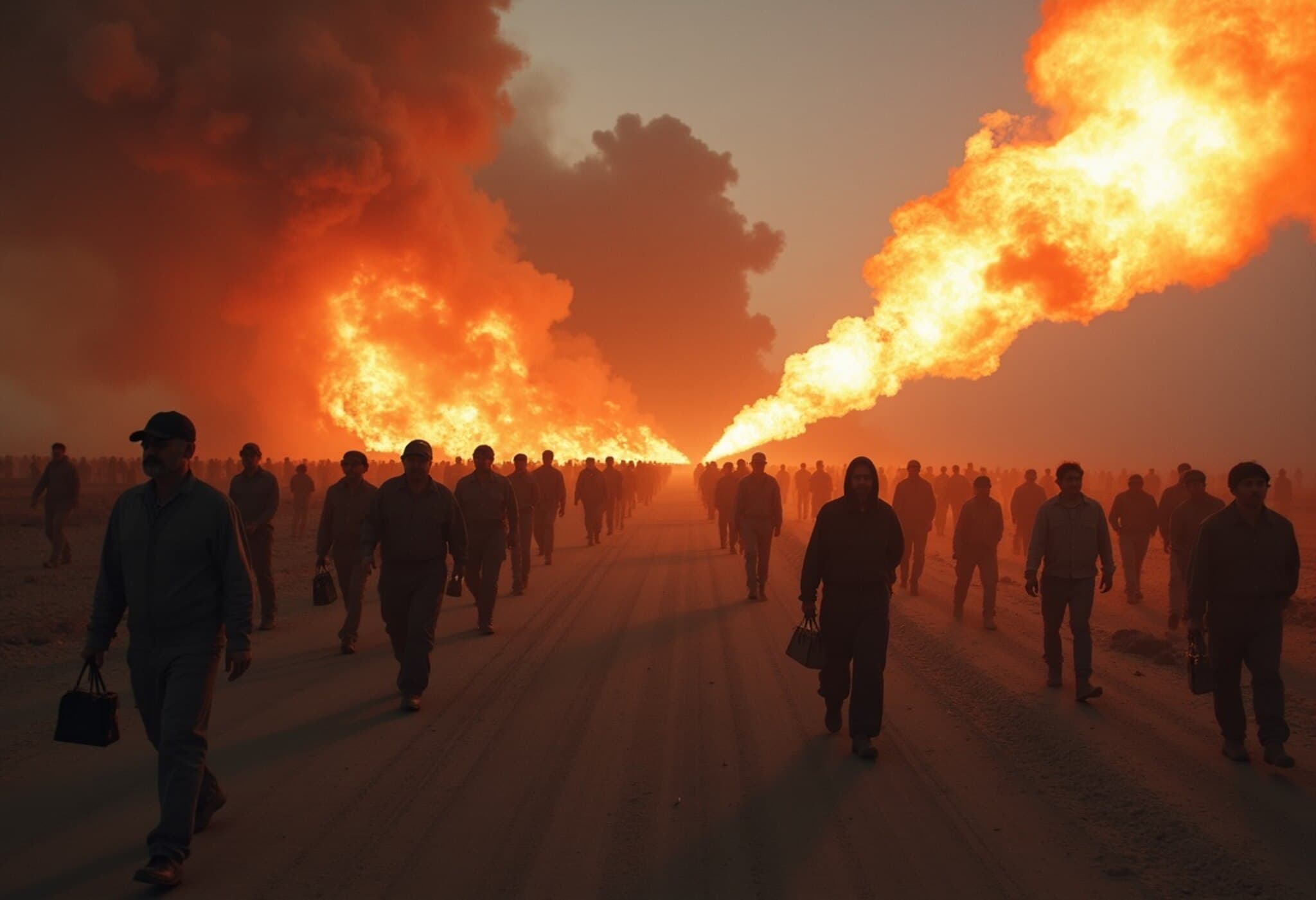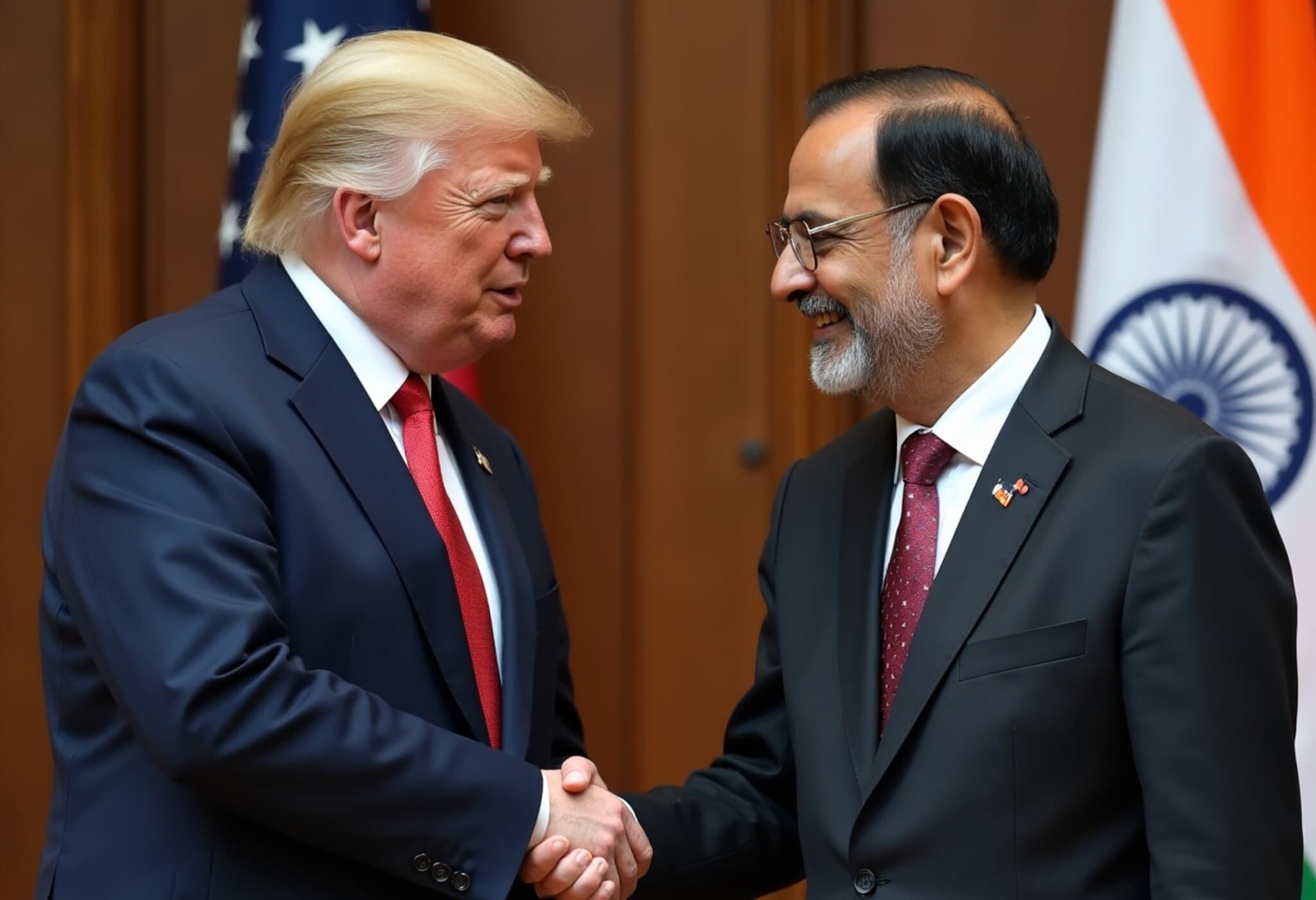US Diplomatic Efforts Aim to Ease Israel-Syria Tensions
In a noteworthy diplomatic development on July 17, 2025, US Secretary of State Marco Rubio announced that Washington and involved parties have reached an agreement on specific measures to de-escalate the recent spike in conflict between Israel and Syria. This announcement follows a series of Israeli airstrikes and escalating clashes involving Syrian government forces and the Druze community in Sweida.
Background of the Recent Clashes
The surge in violence was triggered when confrontations erupted between Syrian government forces and the Druze minority in the southern city of Sweida. Subsequently, Israel conducted targeted airstrikes against key Syrian government sites, including the Defence Ministry headquarters and the state television building. These military actions were accompanied by the deployment of additional Israeli troops along the border, with a stated aim of protecting the Druze population from further threats.
Rubio’s Statement and Diplomatic Context
Secretary Rubio emphasized that the recent escalation stemmed primarily from a “misunderstanding” amid an entrenched, historic rivalry between Israel and Syria. Speaking from the White House, Rubio said, “We have engaged all the parties involved in the clashes in Syria. We have agreed on specific steps that will bring this troubling and horrifying situation to an end tonight.”
He characterized the situation as a longstanding conflict exacerbated by unfortunate events but expressed cautious optimism about a real de-escalation in the coming hours. Rubio underscored the necessity for all involved parties to adhere to their commitments for the agreement to hold.
Ceasefire Announced Amid Lingering Uncertainty
Following US mediation, Syrian officials and Druze leaders announced a renewed ceasefire, with reports indicating that Syrian forces have begun withdrawing from Sweida, the Druze community’s stronghold. However, skepticism remains. The ceasefire follows a previous short-lived attempt that collapsed rapidly after key Druze figures, including Sheikh Hikmat Al-Hijri, opposed it.
Meanwhile, Israel continues its airstrike operations, with Israeli Defence Minister Israel Katz vowing to maintain military pressure “to eliminate the forces that attacked the Druze until they fully withdraw.”
Broader Implications and Regional Context
This episode illustrates the complex, multifaceted dynamics of the Israel-Syria conflict that have persisted for decades. The Druze minority, often caught between competing powers, has become a critical factor in the volatile equation. The US role as an intermediary highlights Washington’s ongoing strategic interests in stabilizing the region, though lasting peace remains elusive.
The announcement also raises critical questions about the durability of ceasefires when underlying tensions go unaddressed. The cyclical nature of violence between Israel and Syria, combined with the involvement of minority groups like the Druze, underscores the fragility of peace efforts in the Middle East.
Looking Ahead: Cautious Optimism or Temporary Respite?
While the US-brokered agreement represents a hopeful sign, experts caution that true de-escalation requires more than temporary ceasefires. Comprehensive dialogue addressing the root causes of conflict—including territorial disputes, minority protections, and geopolitical rivalries—will be essential for long-term stability.
Former diplomats and regional analysts note that the timing of this agreement, shortly before a potential summit or international forum, may also be aimed at shaping global perceptions and diplomatic leverage. Moreover, there is speculation that political figures, including former President Donald Trump, might seek to frame this development as a diplomatic success in broader narratives.
Editor’s Note
This unfolding situation underscores the challenges inherent in brokering peace where historic animosities and complex local dynamics intersect. While immediate steps toward de-escalation signal progress, observers should watch closely whether parties abide by their commitments and whether broader peace-building efforts gain traction. The Druze community’s position remains pivotal and often underrepresented in global discussions, reminding us that minority rights can be both a catalyst and casualty in regional conflicts.
As the international community looks on, the question remains: Can these “specific steps” pave the way for lasting peace, or are they merely a pause in a long-standing cycle of unrest? This story is evolving, and its outcomes will have significant repercussions for Middle East stability and US foreign policy.

